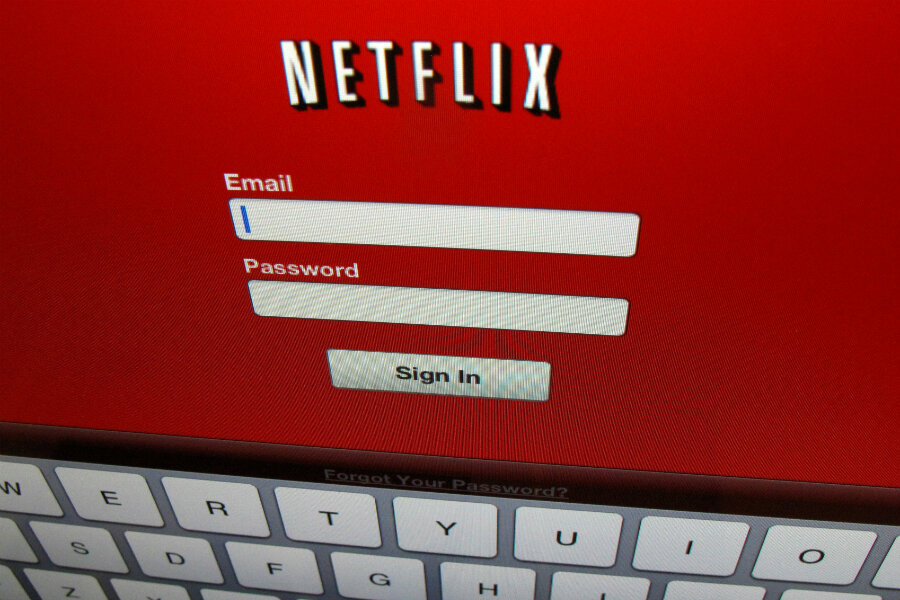Netflix powers past growth expectations. What’s next for the streaming service and TV?
Loading...
In 1964, the first consumer VCRs made on-demand movies and TV shows a reality. In the 1990s, they gave way to DVDs. Now, as internet streaming services come to the fore, one company wants to maximize this medium’s potential.
On Wednesday, Netflix shares rose 8 percent when it announced that it had added 7.1 million new subscribers worldwide in the fourth quarter of 2016, well above the 5.2 million that analysts had expected. Much of this growth had been driven by original shows launched by the company, such as “Marvel's Luke Cage” and “The Crown.”
In recent years, Netflix has both driven and profited from a shift in home viewing habits, away from DVDs and TV networks and towards streaming services. To maintain its growth, the company will need to stay in tune with what consumers expect internet streaming to deliver.
“[I]t's becoming an internet TV world, which presents both challenges and opportunities for Netflix as we strive to earn screen time," the company told shareholders in its quarterly letter.
Netflix has already changed how it earns screen time. When it was founded in 1997, the company aimed to out-compete video-rental chain Blockbuster by mailing DVDs to subscribers. Blockbuster, for the most part, is long gone, and 4.1 million customers still subscribe to Netflix’s DVD-by-mail service, but it’s shrinking fast. Wedbush Securities analyst Michael Pachter told the Associated Press that Netflix will likely retire it in five to eight years.
The company’s streaming service, launched in 2007, has become its focus. Beginning with its hit shows “House of Cards” and “Orange is the New Black,” Netflix has taken on some aspects of a traditional TV network, producing original shows for distribution over the internet. The company produced 600 hours of original content last year, and plans to increase to 1,000 hours in 2017.
At first, neither investors nor consumers were pleased with Netflix’s new direction. To finance its production activities, Netflix raised subscription fees to $9.99 per month, slowing down subscription growth. Last April, the Monitor reported that subscriber growth was falling short of Wall Street's expectation, and this fall some shareholders wanted Disney to purchase the struggling firm and use it to distribute its content.
But Netflix chief executive officer Reed Hastings has had the last laugh, with Wednesday’s numbers appearing to confirm that viewers are willing to pay a bit more for the company’s high-quality content. Other firms now want a piece of the action, with Amazon expanding its Prime video service, and the BBC beginning to stream as well.
To fend off these competitors, Netflix will need to repeat its past formula for success: discern changes in how we consume entertainment, and capitalize on them, even if that means facing the wrath of investors.
Mr. Hastings is already preparing to change his business’s direction in coming years. As he told Forbes’s Peter Cohan and other journalists in a conference call, “You never want to characterize something as an ultimate vision, because when you get there, there is always more you want to do.”
This report contains materials from Reuters and the Associated Press.







